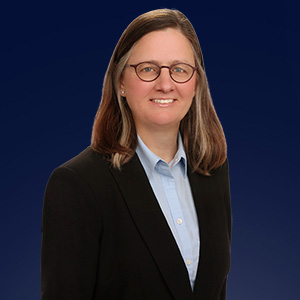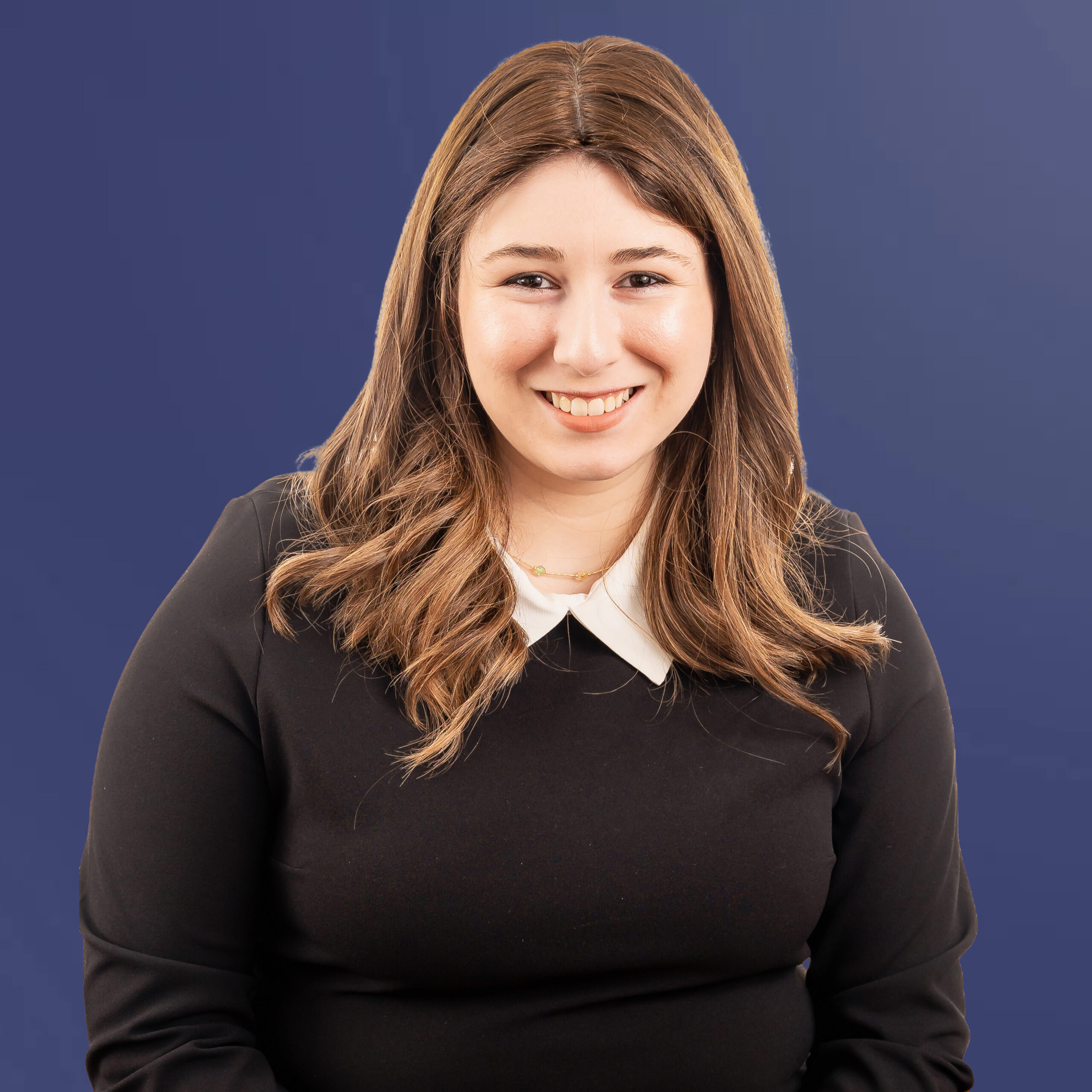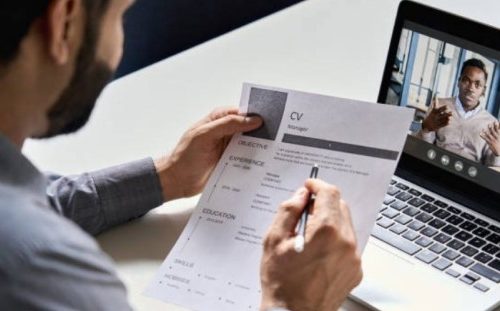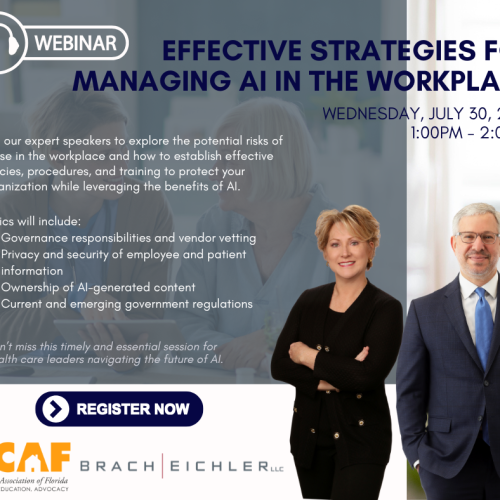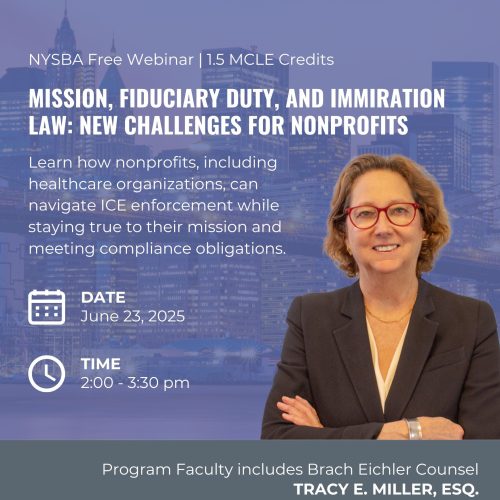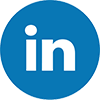Not-For-Profit’s Patient Assistance Program Receives Favorable Advisory Opinion

9/30/2024
On August 23, 2024, the Department of Health and Human Services Office of Inspector General (OIG) issued Advisory Opinion No. 24-07, allowing a not-for-profit organization to establish a patient assistance program (PAP) to subsidize cost-sharing obligations for low-income diabetic Medicare enrollees.
The requestor sought to pay the cost-sharing obligations for diabetes drugs for Medicare Part D enrollees who reside in the community it serves. To qualify, Part D enrollees must have no secondary insurance coverage, a household income below 400% of the Federal Poverty Level (FPL) and submit an enrollment application to the requestor. The requestor would allocate funding on a first-come first-serve basis. Under the proposed arrangement, participants can use any pharmacy. However, if participants use a “Preferred Pharmacy,” the requestor would pay the cost-sharing up front. Otherwise, participants would pay their cost-share to the pharmacy and receive reimbursement from the requestor.
Although the cost-sharing subsidies and the use of a “Preferred Pharmacy” would each generate remuneration, the OIG issued a favorable opinion, stating that the risk of fraud and abuse is “sufficiently low” for the reasons set forth below.
Related Practices: Healthcare Law
Related Attorney: Carol Grelecki, Edward J. Yun, Rebecca T. Falk
Related Industry: Healthcare


